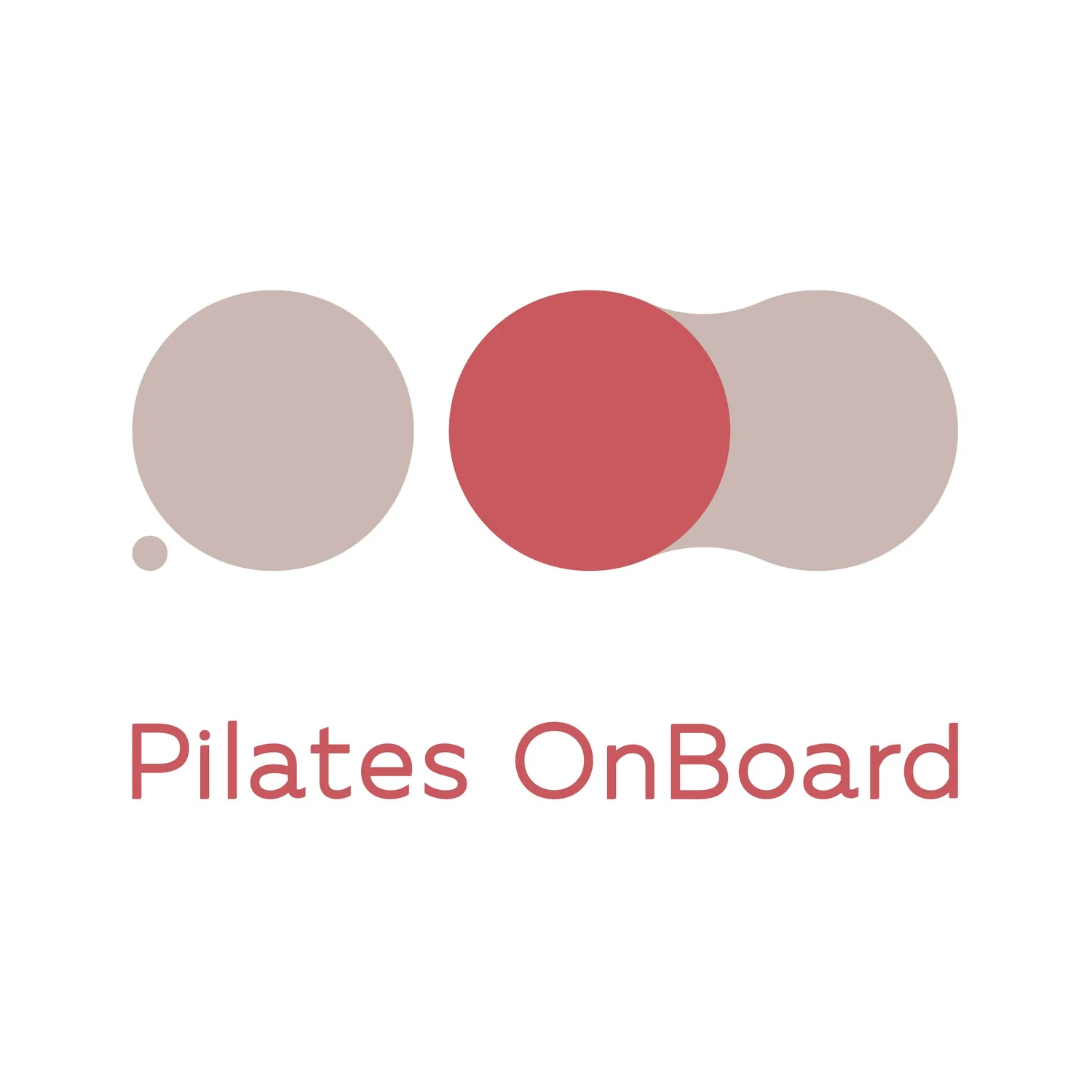私たちのピラティスへの理解
PILATESとは何でしょうか?ピラティスのトレーニングは、大都市の交通ネットワークシステムに例えられます。道路の質、車の性能、信号の柔軟性、道路規制、および公共交通機関の路線網が、全体の交通状況と車の効率に影響します。良いシステムは、市民の時間を節約するだけでなく、汚染を減少させ、道路安全を向上させ、事故の発生を減らします。身体には異なるシステムが含まれており、骨格構造、筋肉系統、神経系、筋膜の結合組織、関節の圧力、全体の力の有効性などがあります。これらは交通システムの要素に似ています。生活習慣や外部要因の影響で、体が最適な状態から逸脱すると、問題が発生します。最初は活動の効率が低下し、徐々に労働傷害に発展し、痛みが生じ、さらに全体の構造のサポートが影響を受け、脊柱側弯、骨盤の移位、キーフォス、扁平足、腰椎椎間板ヘルニアなどのさまざまな構造的問題を引き起こす可能性があります。
ピラティスは、単純に言えば、体の連結能力を再調整する法則です。ほとんどの後天的な痛みや問題を解決できます。ピラティスのトレーニングの重点は、その原則にあります。ピラティスの原則に基づいてトレーニングされることは、筋骨格の力学構造と運動科学の理論に適合します。ただし、ピラティスを解剖学的な観点からだけで見ると、例えばあらゆるタイプの筋トレも、最適なトレーニング効果を得ることができないかもしれません。
それでは、ピラティスの学習方法はどのようなものでしょうか。ピラティスの学習要点は、筋肉トレーニングや一般的な運動科学とは異なり、理論やトレーニング方法、動作の習得だけでなく、解剖学だけでなく、科学的原則を解釈することからも単一に学ぶことはできません。もちろん、それは科学的ですが、それを十分に理解する必要があります。ピラティスは言語や音楽の学習に似ています。それはコアボディを世界に接続するインターフェースです。言語の学習には単語や文法を理解する必要がありますが、十分にコミュニケーションできるとは限りません。音楽の学習も、楽器の演奏や音楽理論を理解する必要がありますが、感動的な楽曲を演奏するには不十分です。
ピラティスの学習は一生の成長です。この観点から、体の活動能力の医学的治療原則を理解し、運動トレーニングのシステムに適合させることで、一歩一歩ピラティスの原則を理解し、より高い生活水準に導くことができます。
私たちのカリキュラムの目的は、認証システムや国際標準を確立することではありません。なぜなら、真のコミュニケーションには言語が必要かもしれませんが、それに限定されるわけではないから
Our Understanding of Pilates
What is PILATES? Pilates training is like a transportation network system in a big city. The quality of roads, the performance of cars, the flexibility of traffic lights, the regulations on the roads, and the coverage of public transportation routes all affect the overall traffic conditions and the effectiveness of car flow. A good system not only saves citizens' time and reduces pollution but also enhances road safety and reduces accidents. The body contains different systems: skeletal structure, muscular system, nervous system, connective tissue of fascia, pressure on joints, and effectiveness of overall force, similar to different elements in a transportation system. When the body deviates from its optimal state due to lifestyle habits and external factors, problems begin to arise. Initially, there may be a decrease in performance, gradually leading to overuse injuries, pain, further affecting the overall structural support, and leading to various structural problems such as scoliosis, pelvic displacement, kyphosis, flat feet, and lumbar disc protrusion due to pressure on the spine.
Pilates, in simple terms, is a set of rules for retraining the body's connectivity. It can solve most postnatally induced pains and problems. The focus of Pilates training lies in its principles. Under the premise of Pilates principles, it conforms to the biomechanics of the musculoskeletal system, as well as the theories of exercise science and exercise physiology. However, looking at Pilates purely from an anatomical perspective, such as any type of muscle training, may not achieve optimal training effectiveness.
So, how should one learn Pilates? Learning PILATES essentials differs from muscle training and general exercise science. It is not only about theory, training methods, and mastering movements but also cannot be viewed solely from anatomy and explaining exercise principles based on science. Of course, it is scientific, but one must understand it well. PILATES is more like learning a language and music. It is an interface for communication, connecting the core body to the world. Learning a language requires understanding vocabulary and grammar, but we may not necessarily communicate well. Learning music also requires understanding the play of instruments and music theory, but it is not enough to play moving music.
Learning PILATES is a lifelong journey of growth. From this perspective, systematic learning can help you understand the principles of medical treatment for physical activity in daily life, and even align with the system of exercise training, step by step understanding Pilates principles to lead you towards a higher standard of living, returning to basics.
The purpose of our curriculum is not to establish a certification system or an international standard because real communication may require language but is not limited to it. Using exercise as the center of life will inevitably go through a learning process, but the number of learning hours cannot prove communication ability.
Whether you are aspiring to enter the field, a current coach, or a sports enthusiast hoping to further enhance your physical activity, maintain your body, and avoid injury, our courses will provide different entry points for learning PILATES, allowing you to rethink the learning of Pilates.

